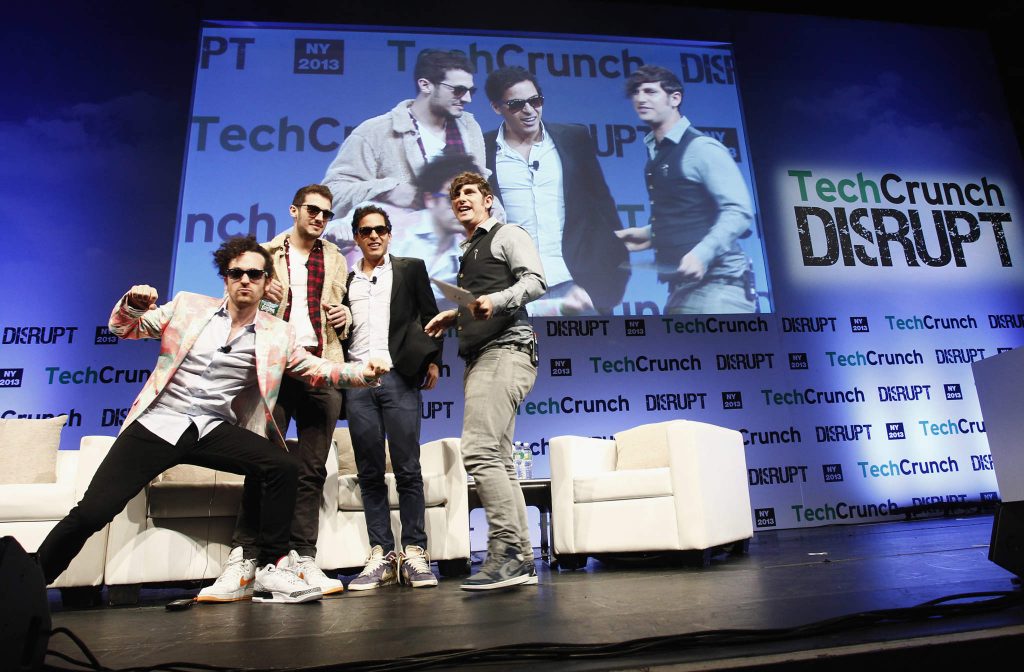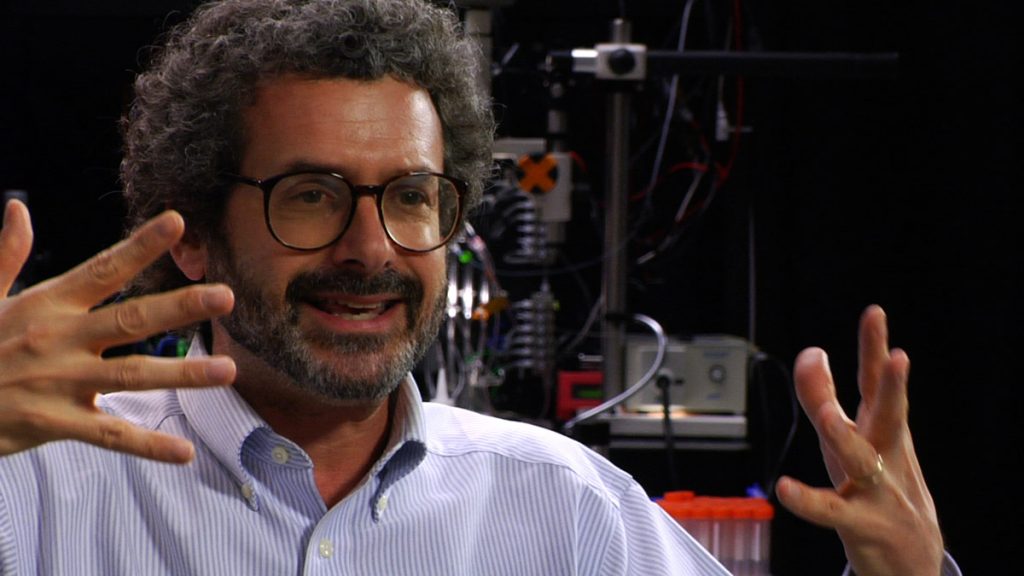The relationship between 3D printing and economics might well be described with the phrase, “it’s complicated.”
Since coining the term Disruptive Innovation in the 1990’s, Harvard professor Clayton Christensen has admonished its appropriation. “The theory’s core concepts have been widely misunderstood and its basic tenets frequently misapplied,” Christensen wrote in 2015.
Disruption has joined the phrases “3D printing at the touch of a button” and “world first” in that – at best- it will raise an eyebrow among the more astute observers.
At worst – and when bundled with a grab bag of buzzword bingo – outright mockery is always a possibility. “We help businesses self-disrupt,” is one such marvellous phrase I heard at a recent event.

Hotelling’s law
However, for all the Bachmanity’s of the world pledging to make the world a better place, there are still places where economics and 3D printing can meet in a more reasoned manner. For example, this month’s edition of the International Journal of Production Economics.
Writing in the journal, Richard F. Hartl from the University of Vienna and Peter M. Kort of Tilburg University aim to fill a gap in understanding about how 3D printing will feature in economic models for mass customization supply chains.
The research takes the a classic economic observation, Hotelling’s law, as a starting point. “Consumers have heterogenous tastes, where, for instance, the degree of sweetness corresponds to a location on the line,” write Hartl and Kort.
The standard technology delivers goods, the taste of which corresponds to particular places on the Hotelling line. Most consumers’ locations will not correspond to the location of such a good, and purchasing such a good implies that the consumer needs to pay transportation costs (in the taste interpretation, they incur a utility loss from not consuming their preferred product). As stated above, the additive manufacturing technology however, designs products exactly the way the consumers want. This implies that on the Hotelling line the consumer and product location exactly match so that no utility loss needs to be incurred of not consuming the perfect product.
The study provides an indication of how traditional manufacturers may behave in response to the arrival of a competitor using 3D printing. Three possible scenarios are given.
- The incumbent accommodates entry.
- The incumbent blockades or deters entry.
- The incumbent leaves the market due to too heavy competition from the entrant.
A market of one
Disruptive theory is useful to understand the process by which small enterprises can challenge larger companies. The success of a disruptive newcomer is related to the degree with which they can target an overlooked segment.
As the 3D printing industry advances, there is still much debate over whether we are seeing the decentralisation of manufacturing, and the extent to which consumers will pay – or truly desire – mass customization. Fab Lab pioneer Neil Gershenfeld talks about meeting needs of a “market of one,” and much has been written about the potential of 3D printing to usher in an age of mass customization.

While the relationship between 3D printing and economics may be complicated, it is no less so than the wider tech world. The full paper Possible market entry of a firm with an additive manufacturing technology can be found here.
For more insights into the 3D printing industry, subscribe to our free newsletter and follow our active social media accounts.
Featured image shows Joseph Schumpeter who in 1942 wrote about creative destruction, arguably a forerunner of Christensen’s disruptive innovation.



